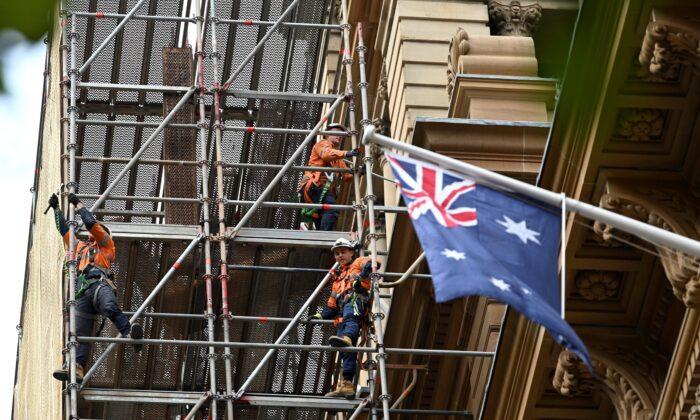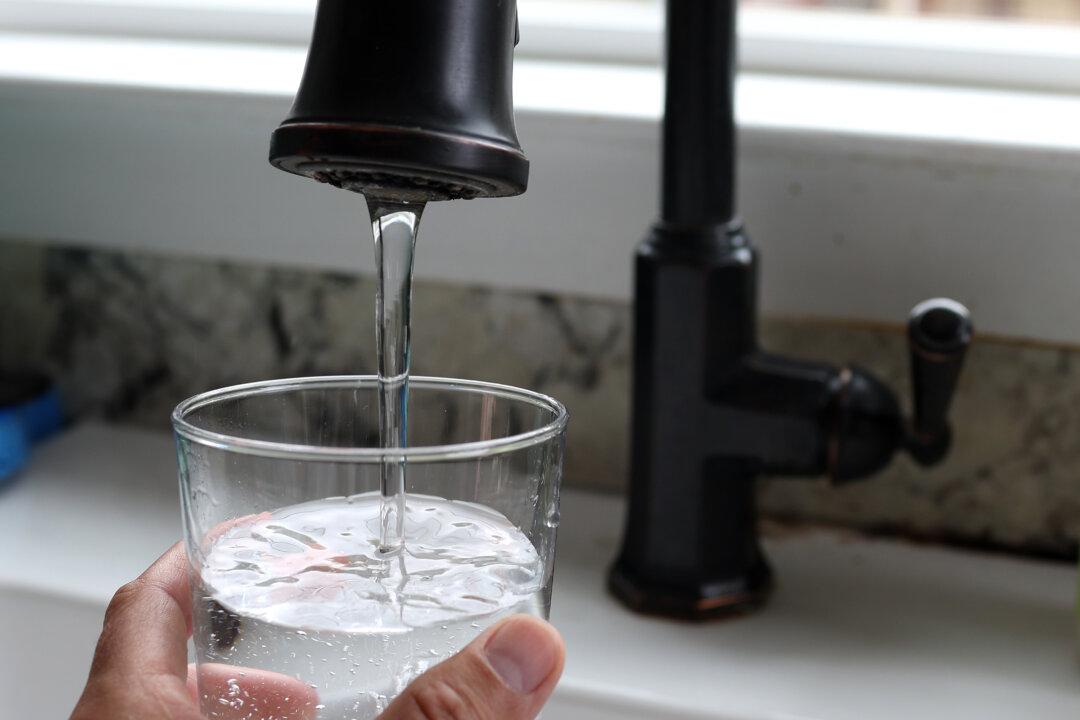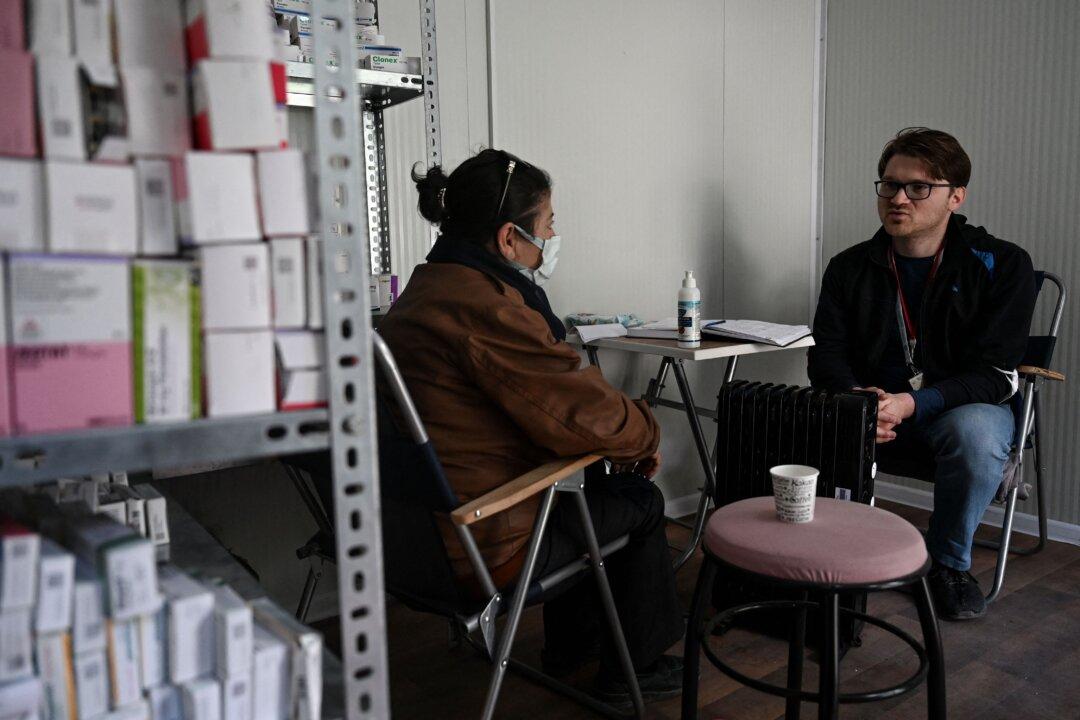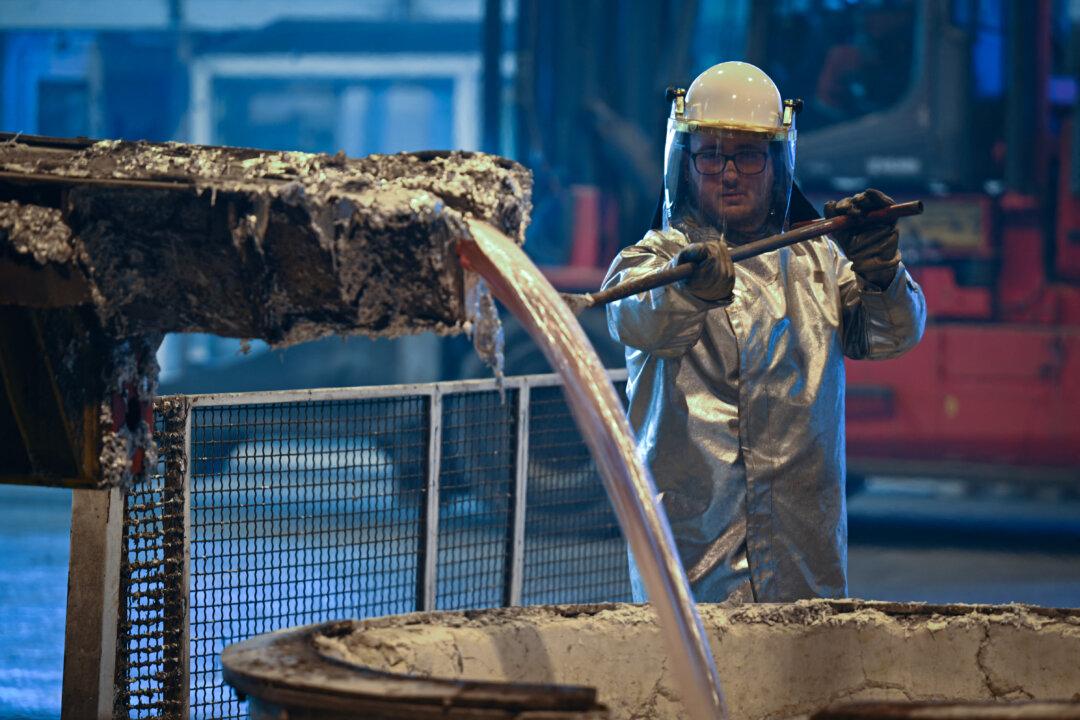Australia’s unemployment rate stabilised at 3.5 percent in September, with a slight increase in the number of employed people.
In addition, the participation and underemployment rates remained stable at 66.6 percent and six percent, respectively.
Treasurer Jim Chalmers suspected that the low jobless rate was due to COVID-related absences, which caused employers to increase their workforce to make up for workers on sick leave.
Job Market Shows Signs of Cooling off
While the September labour force figures indicated that the job market was still competitive, there were signs of cooling off in job ads and vacancies.“Since May, there have been small declines in ad numbers, but not enough to call an end to the incredibly tight market,” Seek’s Managing Director Kendra Banks said.
“All sectors are still at higher job ad volumes than they were pre-pandemic.”

At the same time, advertised salaries measured by the company dropped slightly in August, which suggested that the competition for skilled workers was starting to ease.
While there was a two percent decline in job vacancies in the three months to August, businesses were still impacted by labour and skill shortages.
Central Bank’s Concern over Low Unemployment
While the record-low jobless rate is well-received by the Reserve Bank of Australia (RBA), there are concerns that a tight labour market can spur inflation as it puts more pressure on wages.She said this was one of the reasons that further interest rate hikes were needed to curb inflationary pressures and bring inflation down to the two to three percent target range.
“Inflation is too high in Australia and is expected to rise further,” she said.
“While a lot of this can be explained by global factors such as supply chain disruptions and energy prices, there is an important element of strong domestic demand.”





